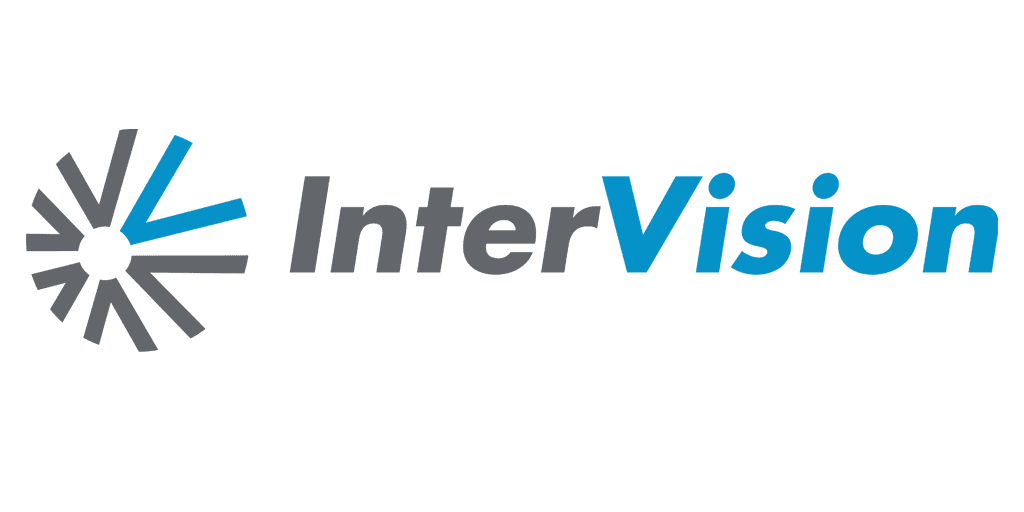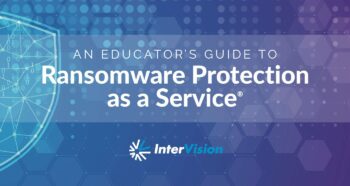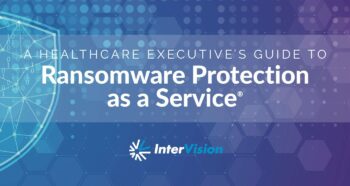BaaS vs. DRaaS: 3 Key Differences to Know
By Daniel Lassell | January 7, 2020
There have been huge strides in technology innovation over the past decade, making data retention faster, more reliable and effective in protecting assets against threats of downtime, hardware corruption, and data loss. Simultaneously, the “as a Service” market has exploded in popularity as companies look to offload more and more aspects of their IT responsibilities to focus their internal talent on core initiatives.
Two solutions that have emerged in this growth of “as a Service” and increased IT resiliency effectiveness are Backup as a Service (BaaS) and Disaster Recovery as a Service (DRaaS). But it can be easy to get them confused, since people often talk about BaaS and DRaaS in conjunction with one another. Here are a few key differences to know:
- What Assets Are Being Protected
Data has quickly become the currency of our modern world. Data is used by companies to provide their core services to their customers as well as transform their services by gleaning business intelligence from past data Therefore, data loss can have crippling effects on service delivery, brand reputation, revenue generation, talent retention, and so much more. Plus, with the fast-growing adoption of predictive analytics, machine learning and artificial intelligence (AI) in all business sectors, the role of data has increased tenfold in business value.
Both BaaS and DRaaS focus on minimizing data loss with a disaster strikes. However, BaaS is focused solely on long term data retention, whereas DRaaS is focused on near-term data retention, preserving the infrastructure, system state, and security models upon which those datasets run, and the speed at which the workloads can resume after an incident. Because DRaaS encompasses the infrastructure, security model, applications, systems, and rapid recovery orchestration as well as the data, it tends to be the more expensive option.
- How Assets Are Being Protected
The management aspects of DRaaS and BaaS make them both stand out from their predecessors, “traditional disaster recovery” and “tape and/or disk backups,” in that both are cloud-based and managed in some way by a third party; an appealing option for companies focusing on transforming their businesses. BaaS protects data by backing up to a local appliance and an off-site cloud environment for safe storage. When a data loss occurs, it can be restored by selecting the appropriate dataset and copying it to the original environment or in case of a disaster, to a recovery environment such as the cloud. The key thing to note is that BaaS offerings are typically focused on reducing the cost of retaining data for a long period of time, hence the restoration process can be more lengthy and in some cases expensive if used to recover from a disaster.
DRaaS focuses on speed of recovery and therefore involves the technology of “replication,” where the third-party provider continually copies changed data from your production environment to a cloud storage environment, so that you can recover to the latest iteration for reduced data loss as well as maintain security and system state; how applications in use have been configured. During a disaster, you can “failover” to the recovery environment to simply run business operations from that location while your IT team repairs the original location. The holistic application and fast recovery entails different mechanics, orchestration, and disciplines than backup retention services.
- The Cost and Speed of Recovery
The cloud has made speeds and targets for recovery possible for both BaaS and DRaaS solutions that would have been astronomically expensive just a decade ago. This is an advantage for all sizes of businesses and budgets. Today, companies have the ability to optimize costs by organizing their datasets into tiers, putting their most critical systems and datasets into the highest tier of DRaaS for the fastest recovery time and the least important datasets, such as archival information, into the lowest tier of BaaS for the slowest recovery time.
A BaaS solution may often align as a good option for the lowest recovery tier, since it’s the cheaper than a DRaaS solution. On the other hand, DRaaS is the perfect option for IT teams that are looking to get out of the business of managing their own datacenter as well as an extra DR datacenter. Because recovery includes infrastructure, security, and system state restoration it doesn’t require a lot of heavy lifting on their part.
Optimizing Your IT Stance
Often companies use a mixture of both BaaS and DRaaS solutions to gain balanced coverage for their business at a cost that’s right for their budget goals. If you’re struggling to decide which option is best each of your application and datasets, here are a few things to keep in mind.
BaaS makes the most sense for the following types of organizations:
- The datasets in question don’t change often.
- The IT team is equipped to restore infrastructure on their own following a disaster.
- Backup services must be outsourced, so the IT team can focus on other initiatives.
- The business can sustain downtime for days or weeks, rather than hours to minutes.
- Some data loss is acceptable; changes made between the last backup and the disaster event will be lost.
- The business has a long-term cloud strategy.
DRaaS makes the most sense for the following types of organizations:
- Fast, full recovery of both data and infrastructure are an imperative generally dictated by industry regulations or client requirements.
- DR orchestration and maintenance must be managed by an expert, so the IT team can focus on core business goals.
- Ongoing testing for DR and business continuity is difficult and complex for the business to perform on a regular basis due to limited resources or focus on strategic direction.
- Datasets change at a rapid pace and having the most recent copy is paramount.
- Extended downtime will damage brand reputation and revenue.
- Having the most recent data version is essential to business operations.
- The business has a long-term cloud strategy.
Learn about InterVision’s managed IT resiliency services here. We offer both BaaS and DRaaS solutions to meet and exceed your unique business goals.
6 Worst Practices for IT Disaster Recovery
Knowledge is power
Our experts have compiled research and recommendations to help you better understand threats, protection, and solutions.
























